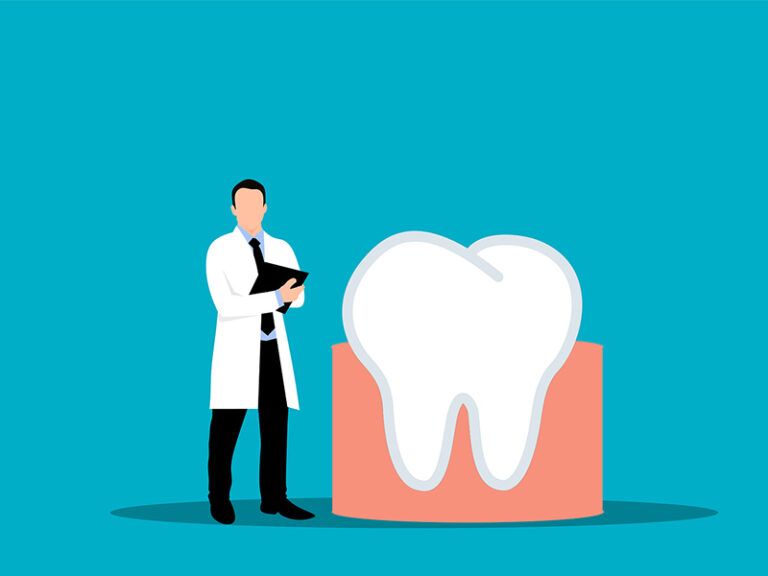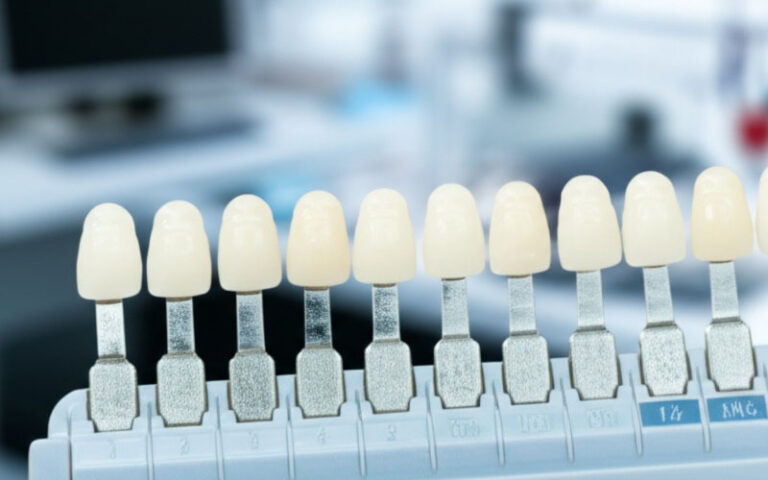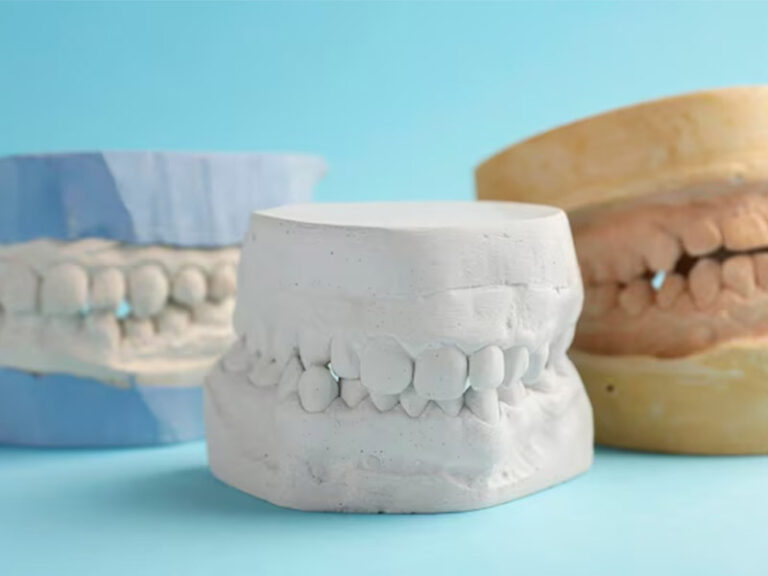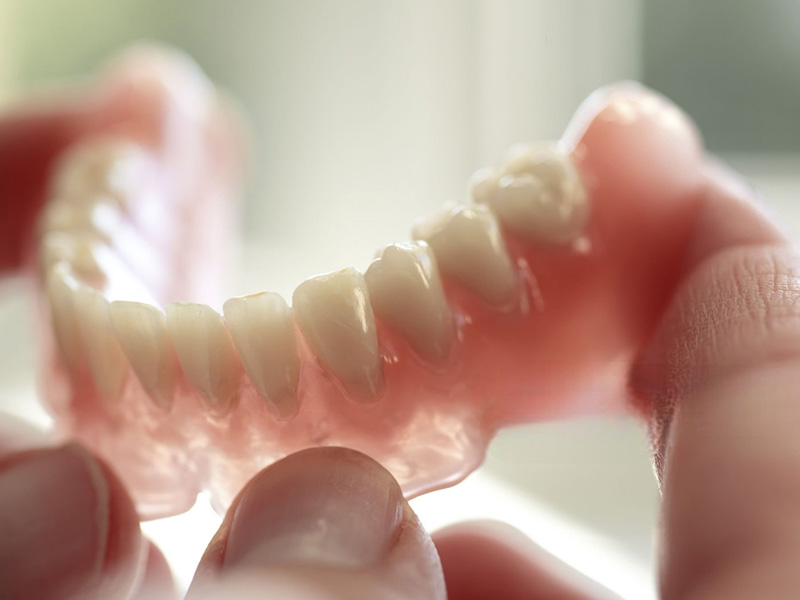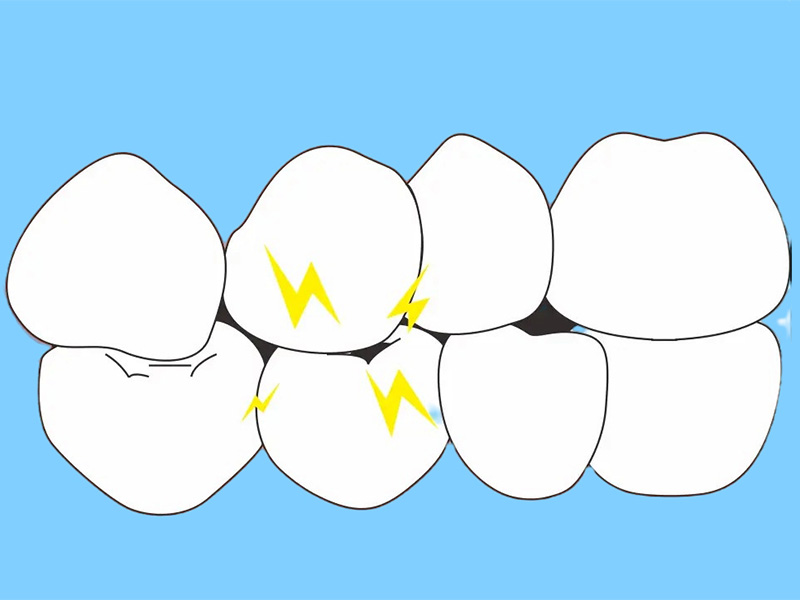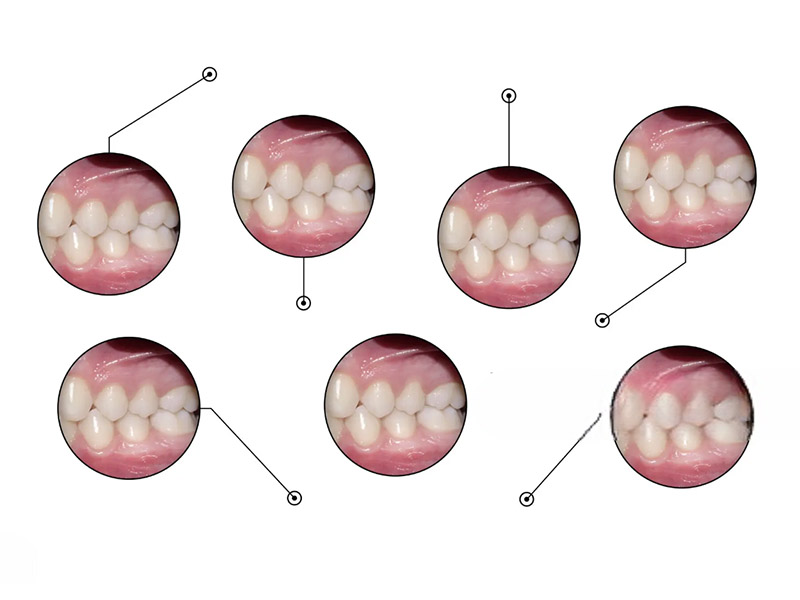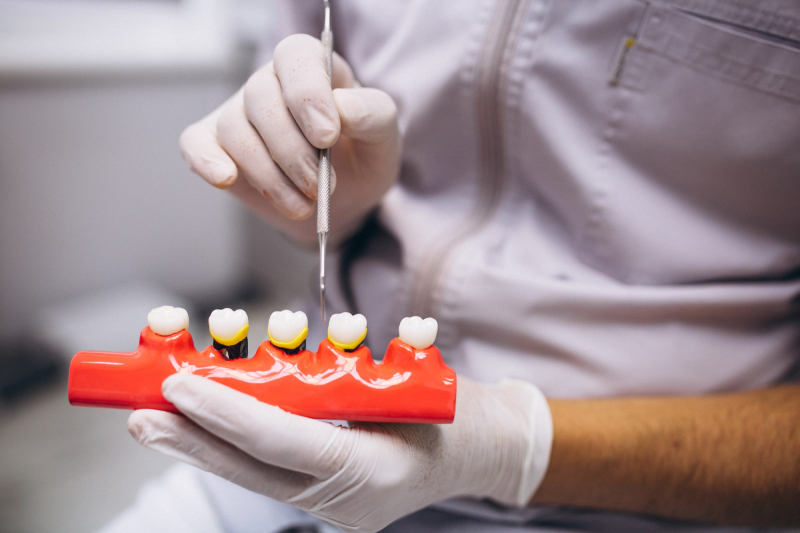
A New Era in American Dental Imaging: A Clinician’s Guide to AI, CBCT, and the Digital Revolution
Welcome to a new age in American dental care. Today, smart computers, 3D X-rays, and high-tech cameras are changing how dentists find and treat problems in your mouth. This article helps you understand these new tools. We will see how they help dentists spot cavities, plan better care, and make dental visits easier. You will learn why using AI, CBCT, and digital scanners brings better smiles, saves time, and keeps everyone safe. Even if you don’t know much about dentistry, you will soon see how these inventions make a big difference
Table of Contents
What Is Dental Imaging and Why Does It Matter?
When you visit a dentist, they often start by taking a picture of your teeth. These pictures, called dental images, help dentists find hidden problems. A long time ago, doctors used simple X-rays. Now, we have tools like CBCT, digital X-rays, and cameras that go in your mouth. These show your teeth in great detail—even in 3D! Why does this matter? With better pictures, dentists can spot problems sooner. Fixing things early saves you pain and money.
A dentist might use a 3D dental imaging machine to see inside your jaw or near your sinuses. Orthodontists use special software to plan braces. Even planning for dental implants depends on digital pictures and certain kinds of image files. With digital dentistry, your information moves safely—and all your images are saved for next time.
The Problem: Old Ways vs. New Ways in Dentistry
Dentists used to look at blurry, black-and-white X-rays. Sometimes, parts of your tooth hid behind other teeth. Small cavities or cracks were easy to miss, and dentists sometimes had to guess. Mistakes happened, and you might have to come back more because your problem wasn’t found the first time.
Let’s make it clear: Imagine having tooth pain, but your dentist can’t spot the cause—even after a couple of X-rays. You get upset. You lose time. Sometimes, you get treatments you don’t need because something important was missed. Dentists feel stressed too and lose money.
But things have changed. Computer-aided diagnosis, online dental pictures, and AI that helps read X-rays give sharper, clearer views. Now, dentists use machines for pictures outside the mouth, portable X-ray units, and computer programs that help plan treatment. The right technology fixes old problems—making life better for patients and dentists.
What Makes CBCT (Cone Beam Computed Tomography) So Useful?
CBCT—or cone beam computed tomography—is a star in new dental imaging. Think of it like a magic camera that moves around your head, taking lots of small X-ray pictures. These pictures come together on a computer, forming a real looking 3D picture of your teeth, bones, and jaw.
CBCT is helpful when planning implants, root canals, braces, and even for people with sleep apnea. Why? CBCT lets dentists see the roots, nerves, and spaces to avoid when putting in implants. Dentists who fix root canals use CBCT for hard cases like up-and-down root cracks. Dentists who do braces like it for checking airways and planning out braces.
Dentists also use CBCT in ways that keep radiation low—about the same as 2-4 regular X-rays. The rule is always “as little radiation as we can reasonably use” to stay safe.
Example Table: CBCT in Practice
| Use Case | Benefit | Radiation Compared to Pan X-ray |
|---|---|---|
| Implant Planning | More exact, safer placement | About the same |
| Root Canal Diagnoses | Finds cracks and hidden roots | About the same |
| Sleep Apnea Check | Measures airway, plans help | A little more for big scans |
How AI Changes Dental Diagnosis—Can Computers Help Where People Miss Things?
AI, or artificial intelligence, is like having a smart helper in your dentist’s office. AI can look at digital X-rays to find cavities, gum problems, and bone loss—even tiny things dentists might not see. For example, companies like Overjet, Pearl, and VideaHealth have tools OK’d by the FDA to find cavities and other problems.
Let’s look at the old problem: Every dentist sees X-rays a bit differently. If someone is tired or in a rush, they might miss something. AI never gets tired. It flags possible problems for the dentist to double-check. This means fewer missed problems, fewer wrong calls, and better records for insurance.
Clinical Tip: Overjet’s cavity finder caught about 94% of real cavities in studies.
AI doesn’t just help find trouble, it also speeds up checking cases. Automatic tracing for braces, prediction help, and support programs help dentists work quicker and better.
Intraoral Scanners: How Do They Work and Are They Better Than Old Molds?
Remember biting into a mouthful of sticky stuff to get a mold of your teeth? Intraoral scanners changed that. They use a tiny camera that takes lots of pictures of your teeth. These pictures come together to make an exact 3D image. Dentists use brands like iTero, Primescan, and 3Shape.
The Problem: Old molds are messy, taste bad, and sometimes need redos.
Worse: You gag. Dentists have to wait longer. Labs get mistakes and delays.
Better with Scanners: Digital scanning is fast, clean, and comfortable. The image shows up on the screen right away. Crowns, bridges, and aligners all come from your scan—no more gooey mold!
Digital pictures help make guides for surgery, design your smile, and send files straight to the lab or even a 3D printer. Because digital sensors are so exact, you get a better fit and need fewer returns to fix things.
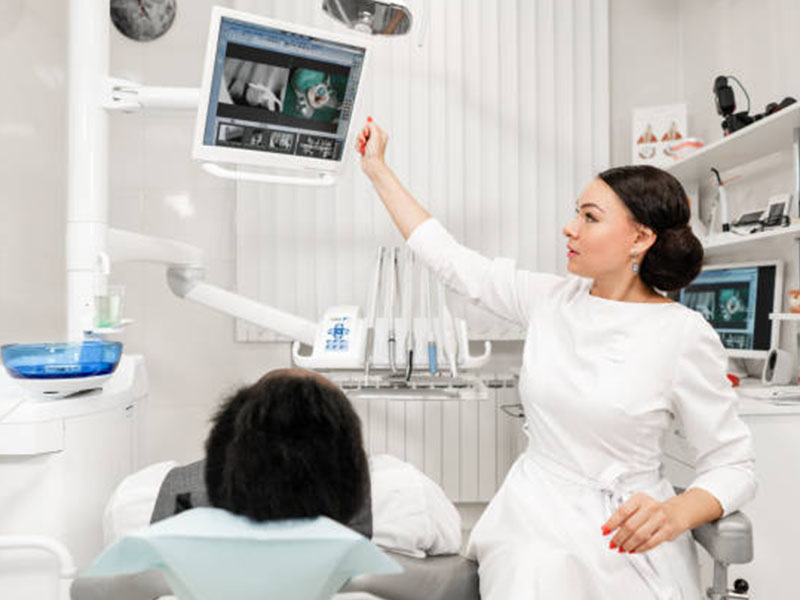
Are 3D and Digital Images Really Safer for Patients?
Safety matters to everyone. You might hear “X-ray” and instantly worry about radiation risk. Here’s the good news: Dental technology keeps getting safer. Newer, low-dose CBCT gives dentists what they need without using much more radiation than old 2D X-rays.
Fact:
Today’s CBCT uses about 15–30 microSieverts (µSv) per scan. A regular full-mouth X-ray is around 10–15 µSv. So the difference is pretty small, especially since you usually need just one scan a year.
CBCT machines can change settings—like scan area size and image sharpness—so dentists only look at the spot that needs checking. That means you get less exposure. Plus, every picture gets stored safely, following strong privacy rules.
Dentists also use guidelines to make sure every scan comes out clear, safe, and helpful.
Will Your Dental Visits Change? How New Tools Help You and Your Dentist
With digital dentistry, your visit goes smoother and feels more personal. Here’s how these new tools help in real life:
- Faster visits: Digital scans and pictures go to the lab in seconds. Sometimes, you can get a crown made and put on in just one trip, thanks to special machines right in the office.
- Less guessing, more accuracy: Dentists spot problems, show you 3D images, and you can see what’s going on.
- Better yes to care: When you see a 3D view of a cracked tooth or angry root tip, it’s easier to say “yes” to treatment.
- More confidence: Dentists use up-to-date tech and know-how to give you great results.
- Easy records: Electronic records help keep your info safe and ready for every visit.
Picture your dentist using smart glasses to see inside your mouth during surgery, planning the best path using cool new tools. Results get better, visits are smoother, and your smile is in good hands.
Is It Worth the Price? Looking at the Money Side of Dental Technology
Dentists worry about prices—CBCT machines, AI fees, new sensors, and teaching the team how to use them. Good news: The money spent pays off.
Problem: Buying new stuff or changing the system can sound expensive.
Worry: What if the new machines aren’t used much? What if the bills go up and patients don’t want to pay?
Answer: Studies say digital dentistry makes more money. Dentists using intraoral scanners spend less on lab fees and mold material. With smoother workdays, more cases finish each day and fewer have to be done again. Braces work, planning, and top services like implants and smile design all help bring in more money.
Here’s a table from some real-life cases:
| Technology | Main Cost | Savings & Gains | ROI (Payback) |
|---|---|---|---|
| Intraoral scanner | $15,000-$35,000 | No more trays, quicker, more cases | 1-2 years, based on use |
| CBCT | $80,000-$150,000 | More implants, root canals, sleep help | 2-3 years for busy offices |
| AI Medical review | Annual fee | Miss fewer problems, better insurance | Brings more patients & trust |
So, this “new era” isn’t just about care—it’s smart for money too.
What Should Dentists and Teams Do to Keep Up?
A great office is only as strong as its people. Training matters.
First, make sure everybody learns how to use the new tools. Many dental imaging companies, like Dentsply Sirona and Carestream Dental, have online and hands-on classes. Even digital smile design and “computer learning” in dentistry means everyone needs to know a little.
Dentists can get special training and certificates, like learning CBCT. Hygienists, assistants, and front desk staff all do better with some practice with privacy, image safety, and new talking tools. This way, everyone works better together.
And remember: Changing technology isn’t a one-time thing. As new American dental tech rolls out, you need to keep learning—even at places like NYU’s dental school or UCSF—so your office stays safe and up to date.
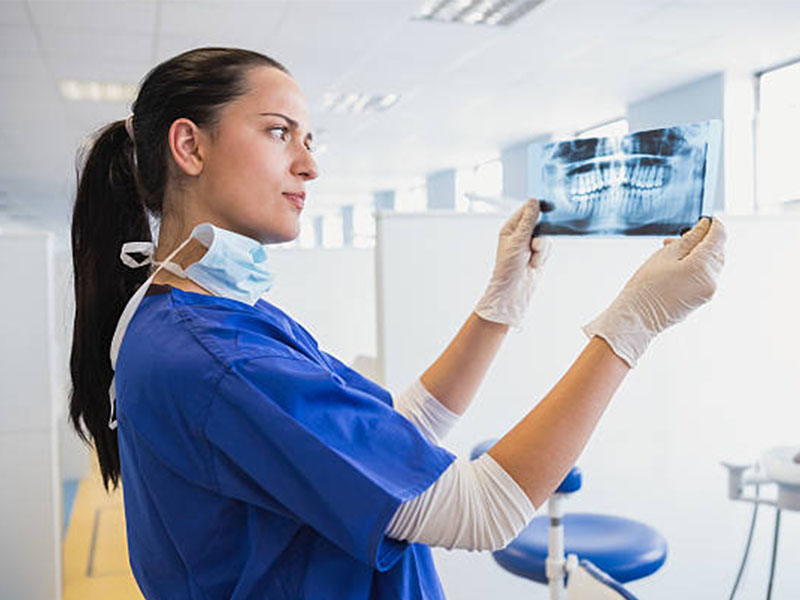
What’s Next in Dental Imaging? A Quick Look at the Future
Dental imaging is changing fast, but the future is even bigger. Coming soon:
- Prediction tools: Computers will look at your dental records to spot risks before you even feel a problem.
- AR tools: Dentists can see real-time computer info right on your mouth during treatments.
- More teledentistry: Remote doctors and teleradiology mean more patients can get special care, even far away.
- 3D printing teeth: Labs already use 3D printers to make crowns, guides, and even dentures from your scan.
- AI everywhere: Get ready for more computer help at every step.
According to experts, we’ve only just started with the dental imaging revolution in the US.
Conclusion: The Best Smile Needs the Best Tools
We live in a new time for American dentistry. AI, CBCT, and digital scanners aren’t just fancy words—they’re the backbone of great care now. With these tools, dentists find problems sooner, offer quicker and nicer treatment, and save everyone time and money. The big brands make the machines. Groups like the American Dental Association and FDA set the rules, so your dentist’s tools are safe.
Whether you’re a dentist wanting the best or a patient wanting your best smile, the choice is simple: Go digital. Your health—and your happiness—depend on it.
Frequently Asked Questions
Q1: Does getting a dental CBCT scan hurt?
No, CBCT scans don’t hurt at all. You stand or sit still while the machine quickly takes pictures around your head.
Q2: Is the radiation from 3D dental imaging dangerous?
Not with today’s safer settings. Modern machines use very little radiation, usually less than you would get on a plane ride.
Q3: How does AI help my dentist?
AI checks your dental pictures and finds things even great dentists could miss. It’s like having a second set of eyes. The dentist always makes the final call.
Q4: Will I have to pay more for digital dentistry?
Usually, costs go down since things run faster and smarter. Crowns, aligners, and other treatments may even get cheaper.
Key Points to Remember
- 3D imaging, AI, and scanners are now the normal way in American dentistry.
- Modern tools mean safer, faster, and more exact treatment—for everyone.
- AI helps dentists catch problems early and make fewer mistakes.
- CBCT makes implants, root canals, and sleep cases easier and better.
- Digital scans replace messy trays and speed up most visits.
- Dental technology isn’t just fancy—it helps save money.
- Ongoing learning keeps dental teams ready.
- The future brings even smarter tools—prediction, AR surgery, and more remote care.
- Top care comes from top tech—your smile deserves it!
References:
- Overjet Clinical Studies
- American Academy of Oral and Maxillofacial Radiology
- FDA De Novo grants
- Grand View Research
- MarketsandMarkets
- Journal of Prosthetic Dentistry
- Dental Economics
- JADA (Journal of the American Dental Association)
- Manufacturer Case Studies (3Shape, Align Technology)

